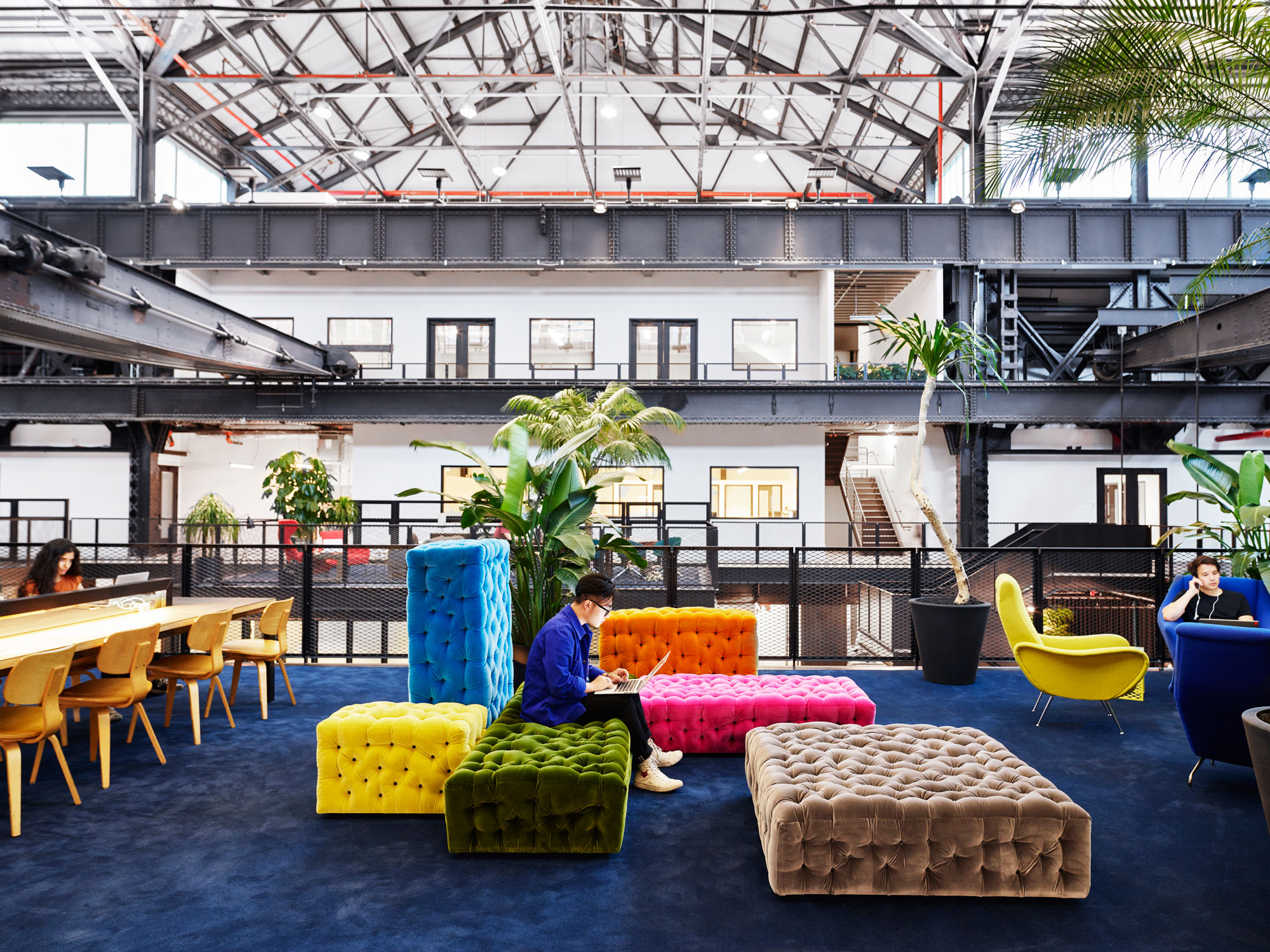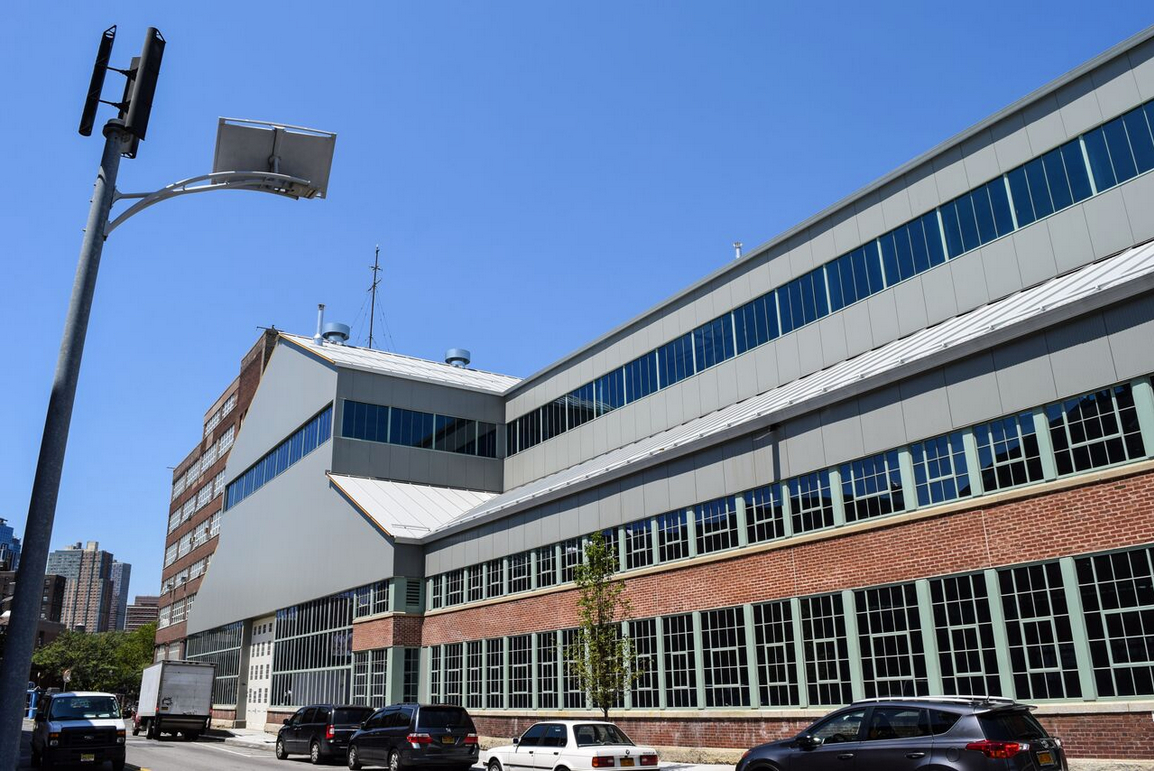Navy Yard program seeks to find tech talent and build sustainable cities

The future of sustainable cities might begin in Brooklyn.
New Lab, the 84,000-square-foot innovation hub in the Brooklyn Navy Yard, announced last week it will host the 2020 iteration of an annual program that brings tech talent to New York City, with the goal of making this metropolis and others like it more sustainable. The program, dubbed “Circular City,” is funded by the New York City Economic Development Corporation, an agency dedicated to spurring economic growth. Circular City aims to attract global startups that are developing technology and products that can aid in a city’s transition toward a circular economy, where resources are retained within a closed-loop system, through recycling and other processes, eliminating waste and pollution.
The focus of the program’s efforts this year — its third — will be improvements to the energy efficiency of buildings, which are responsible for 67 percent of greenhouse gas emissions in the five boroughs. Alongside New Lab and NYCEDC, representatives of the Downtown Brooklyn Partnership, the Brooklyn Navy Yard Development Corporation, Governors Island and the Flatbush Junction BID, as well as individuals from academic institutions and other entrepreneurs and investors from the urban tech landscape, will review the applications, collaborate with the approved startups and offer sites where their technologies will be planted.
